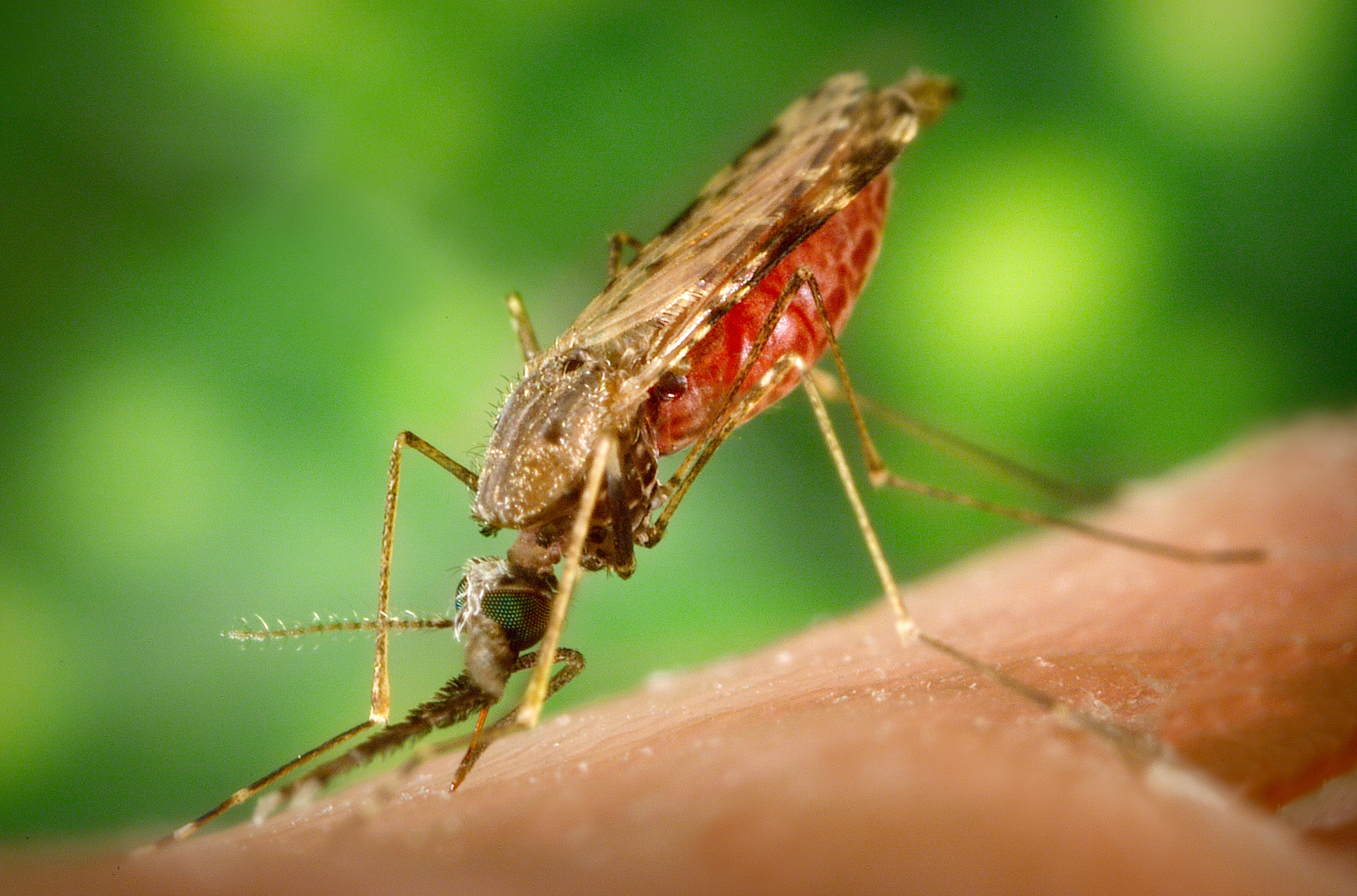Sinai-Grace Hospital in Detroit has achieved remarkable reductions in bloodstream infections associated with central lines. They’ve reduced the rate of infections significantly by implementing a simple procedure and checklist. We will perform a root cause analysis that shows how these gains were achieved.
 First, the hospital needed to determine what was at stake. Over 18 months, it was estimated that more than 1500 patients would die from infections. This is an impact to the patient safety goal. There was non-compliance with procedures, which is an impact to the compliance and organization goals. Infections result in a longer intensive care unit (ICU) stay, which is an impact to the patient services goal. Lastly, the hospital estimated that, over the 18 months, it would spend $175 million in additional costs from these infections.
First, the hospital needed to determine what was at stake. Over 18 months, it was estimated that more than 1500 patients would die from infections. This is an impact to the patient safety goal. There was non-compliance with procedures, which is an impact to the compliance and organization goals. Infections result in a longer intensive care unit (ICU) stay, which is an impact to the patient services goal. Lastly, the hospital estimated that, over the 18 months, it would spend $175 million in additional costs from these infections.
Next, the stakeholders in the central line insertion process (doctors and nurses) were asked to help determine why these infections were occurring. Bloodstream infections resulting from intravenous catheters result when a catheter is inserted (for vascular access) with bacteria on it. Generally, the bacteria is on the catheter from a missed step in the catheter process which prevents contamination. The steps that were not always being followed were: doctors washing their hands and donning protective wear, patients not being washed with antiseptic or fully draped, and insertion sites not being covered with sterile dressing after the catheter is inserted.
As a solution, a checklist was created that outlined the six steps of catheter insertion. (The outline, Cause Map, process map, solutions, and checklist are shown on the downloadable PDF. To view it, click on “Download PDF” above.) The six steps included the cleanliness steps discussed above. Additionally, the medical professionals noticed that sometimes the procedures weren’t being followed because the necessary equipment was not available in the ICUs. Senior executives from the hospital were assigned to each unit, and were able to properly stock the ICUs. Additionally, the executives got Arrow International to manufacture central line kits that contained the necessary antiseptic and patient drapes.
The progress at Sinai-Grace has been remarkable, by joining all the necessary parties to an effective root cause analysis. Click on “Download PDF” to see what they did. (Read more in The New Yorker Annals of Medicine.)



 First we’ll look at the causes of consuming too many calories. Too many calories are consumed when children eat high-calorie, low-satisfaction foods. In many cases, this is because a child has access to these types of foods and because healthy choices are not available. This is true with family, and at school, which generally contribute equally to caloric intake. A high proportion of foods consumed at school may be unhealthy; schools must offer healthier choices. Some schools have done away with soda and candy, but more healthy choices must also be offered. Students bringing their own lunches may suffer doubly from healthy food not being available at home, due to a lack of access or affordability. The all-too-many areas in the country that do not have access to healthy food at supermarkets or farmer’s markets are known as “nutritional deserts”, most frequently found in low-income and/or rural areas. Communities must improve access to healthy food, at school and at home.
First we’ll look at the causes of consuming too many calories. Too many calories are consumed when children eat high-calorie, low-satisfaction foods. In many cases, this is because a child has access to these types of foods and because healthy choices are not available. This is true with family, and at school, which generally contribute equally to caloric intake. A high proportion of foods consumed at school may be unhealthy; schools must offer healthier choices. Some schools have done away with soda and candy, but more healthy choices must also be offered. Students bringing their own lunches may suffer doubly from healthy food not being available at home, due to a lack of access or affordability. The all-too-many areas in the country that do not have access to healthy food at supermarkets or farmer’s markets are known as “nutritional deserts”, most frequently found in low-income and/or rural areas. Communities must improve access to healthy food, at school and at home.


 Additionally, the increase in drug-resistant malaria means that existing treatments are less effective. (Counterfeit medicines are a double whammy in that they also contribute to drug resistance.) Drug resistance generally occurs when an infected person takes a not-quite-whole course of treatment. The treatment kills off most of the bugs, leaving only those strong enough to resist. When these “super” bugs then reproduce, the resulting generations are more likely to be drug resistant. (This is what’s been happening in the U.S. with some antibiotics.)
Additionally, the increase in drug-resistant malaria means that existing treatments are less effective. (Counterfeit medicines are a double whammy in that they also contribute to drug resistance.) Drug resistance generally occurs when an infected person takes a not-quite-whole course of treatment. The treatment kills off most of the bugs, leaving only those strong enough to resist. When these “super” bugs then reproduce, the resulting generations are more likely to be drug resistant. (This is what’s been happening in the U.S. with some antibiotics.)